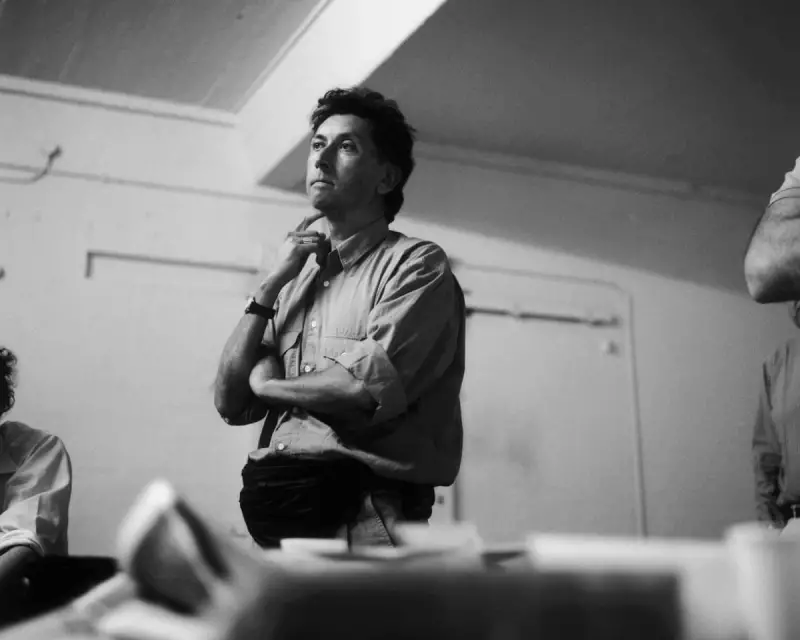
The world of photography has lost one of its most perceptive eyes with the passing of Chris Steele-Perkins at 76. The celebrated Magnum photographer, who carved his reputation through raw, intimate portraits of British life and global conflict zones, died peacefully after a period of illness.
From Psychological Roots to Photographic Vision
Born in Rangoon in 1947 and raised in Britain after moving at age six, Steele-Perkins' journey into photography began unexpectedly. While studying psychology at Newcastle University, he picked up a camera to document student protests, discovering his true calling. This academic background in human behaviour would later become the foundation of his photographic approach - one that sought to understand rather than merely observe.
Documenting a Changing Nation
Steele-Perkins first gained significant attention with his 1979 project The Teds, a compassionate study of the Teddy Boy subculture that demonstrated his unique ability to find humanity in misunderstood communities. This work culminated in his landmark 1979 book The Pleasure Principle, which captured the diverse tapestry of English social life with both honesty and affection.
His lens turned to global conflicts with equal sensitivity, covering war-torn regions including Afghanistan, Lebanon, and Rwanda. Yet he maintained a deep connection to British subjects, returning repeatedly to document the complexities of his adopted homeland.
A Legacy of Compassion and Complexity
What set Steele-Perkins apart was his unwavering commitment to portraying his subjects with dignity and depth. As colleague David Hurn noted, his work consistently demonstrated that "nothing is ever as simple as it first appears." This philosophy guided everything from his early work in the North East to his later explorations of Japanese society and London's immigrant communities.
Despite battling health challenges in recent years, including a stroke that affected his mobility, Steele-Perkins continued to create powerful work, adapting his methods while maintaining his distinctive visual voice.
He leaves behind not just an extraordinary collection of images, but a masterclass in seeing the world with compassion, curiosity, and unwavering honesty. His photographs remain as vital documents of our times - challenging, beautiful, and profoundly human.





